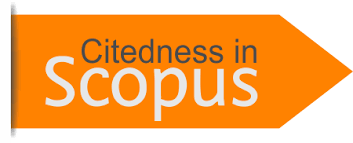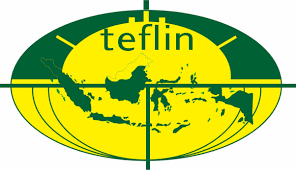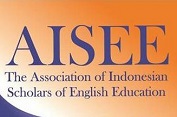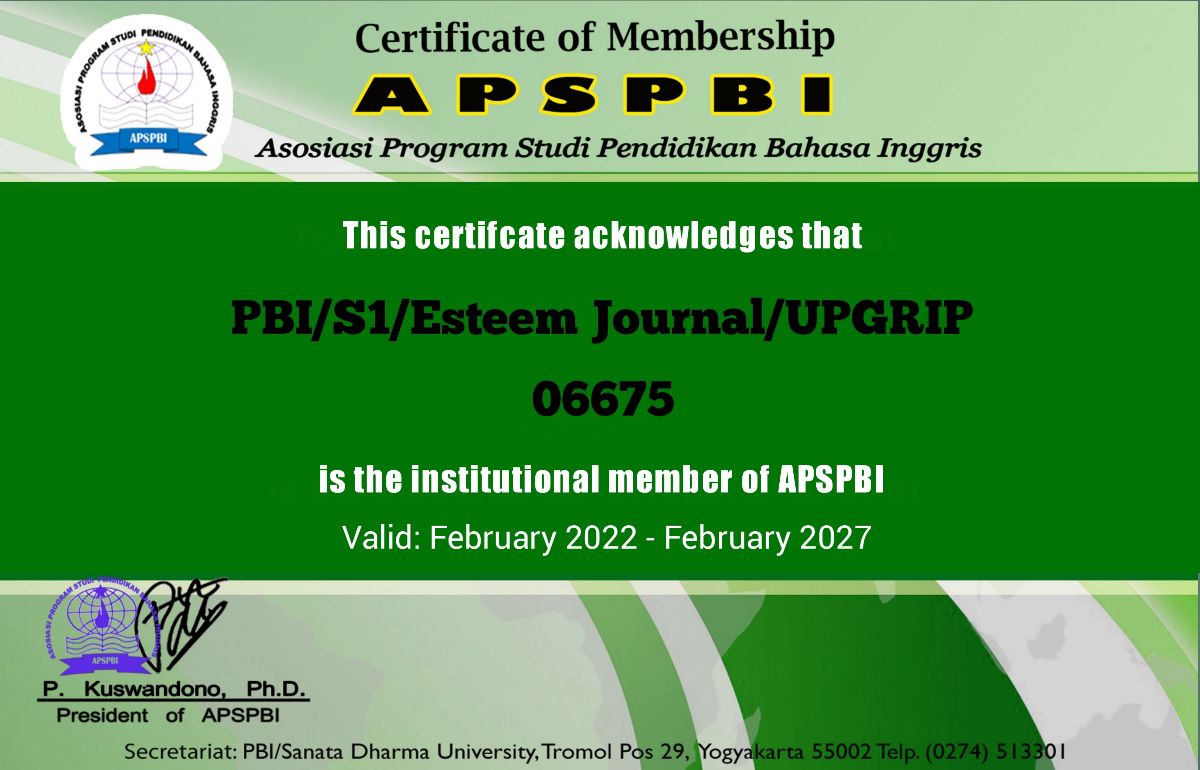THE EFFECTIVENESS OF THE TALKING STICK LEARNING MODEL ON ENGLISH LEARNING OUTCOMES OF CLASS IV STUDENTS OF SD NEGERI 21 PALEMBANG
DOI:
https://doi.org/10.31851/esteem.v7i1.14086Keywords:
Talking Stick, English Learning ResultsAbstract
This thesis discusses the effectiveness of the talking stick learning model on class students' English learning outcomes IV SD Negeri 21 Palembang. This research aims to determine (1) the English learning outcomes of fourth grade students at SD Negeri 21 Palembang (2) to determine the English learning outcomes of students using the talking stick learning model (3) to determine whether the takking stick learning model is effective on language learning outcomes. English fourth grade students. This type of research is Quantitative Experimental research, namely True Experimental design with a pretest-posttest control group design, the subjects of this research are class IV students at SD Negeri 21 Palembang, the sample is class IV.B as the experimental class, and class IV.A as the control class . Based on the results of descriptive data analysis, the average score obtained for the two groups, namely the control class (pretest) was 47 and the posttest results were 69 with a difference of 23, while in the experimental class before treatment (pretest) it was 61 and after treatment (posttest) it was 85 with difference of 25. Meanwhile, based on the calculation results in the t-test calculation, the value of t_count=2.95 is obtained when compared with t_table 37, which is 1.687, meaning t_count> t_table, so Ho is rejected and Ha is accepted. So it can be concluded that the talking stick learning model is effective on the English learning outcomes of class IV students at SD Negeri 21 Palembang.
References
Amin, & Sumendap, LS (2022). 164 contemporary learning models. Bekasi: LPPM publishing center.
Antari, N.A. (2020). The influence of the Talking Stick Learning Model assisted by Audio Visual Media on the English learning outcomes of fourth grade elementary school students. Undiksha edutech journal, 119.
Arikunto, & Suharsimi. (2013). Research Procedures a Practice. Jakarta: Rineka Cipta.
Harahap, HN, Priatna, OS, & Nawawi, K. (2019). Improving English Learning Outcomes with the Talking Stick Learning Model for Class IV Students at MI Nurul Huda 1 Curug. PGSD journal, 80.
Hughes, R.L. (2015). "Assessment in English Language Learning: Incorporating Diverse Methods, Including Written Exams, Skill-Based Projects, and Oral Evaluations." Language Assessment Quarterly, 18(1), 45-62. doi:10.1080/15434303.2015.1134869
Jaya, A., Fadilah, I. A., & Uzer Y. (2023). Visual Representation and Comprehension: The Exploration of Multimodal Text to Energize Reading of the Tenth Grade Students’ at State Vocational High School 5 of Palembang. Esteem: Journal of English Education Study Programme, 6(1), 125-130.
Johnson, D. W., Johnson, R. T., & Smith, K. A. (2016). "The Effectiveness of Participatory Learning Models in Elementary Education: A Comprehensive Study." Journal of Educational Research and Development, 40(3), 321-338. doi:10.1080/12345678.2016.1245678
Lubis, Arafat, M., & Azizan, N. (2020). SD/MI Thematic Learning. Jakarta: Prenadamedia Group.
Mardhiyah, A., Jaya, A., & Uzer, Y. (2023). Students' Speaking Ability Through Small group Discussion. Esteem: Journal of English Education Study Programme, 6(1), 81-86.
Octavia, S. (2020). LEARNING MODELS. Sleman: DEEPUBLISH.
Pantas, H., & Surbakti, K. (2020). improve student learning outcomes by using the talking stick learning model. curere, 35.
Peterson, M. S. (2019). "Effective Strategies for Implementing the Talking Stick Model: Insights from Classroom Research." Journal of Educational Strategies, 35(2), 189-206. doi:10.1080/12345678.2019.1456789
Putri, & Prastika, EN (2019). application of the talking stick type cooperative learning model to improve English learning outcomes for class III students at SDN Segoromadu. Muhammadiyah University of Gersik, 55-62.
Rohmawati, A. (2017). learning effectiveness. journal of early childhood education, 17.
Royyani, ZA, & Estiastuti, A. (2020). The effectiveness of the cooperative talking stick model assisted by audiovisual media on English learning outcomes. joyful learning journal, 55.
Rumiyati. (2021). talking stick model as an effort to increase creativity and learning outcomes. Pekalongan: PT. Nasya Expanding Management.
Rumiyati. (2021). talking stick model as an effort to increase creativity and learning outcomes. Central Java: Pt. Nasya expanding management.
Siregar, S. (2017). The influence of the talking stick learning model on learning outcomes and students' visual activities on the concept of sensory systems. biotic journal, 101.
Smith, J. A. (2018). "The Talking Stick: Fostering Inclusive Classrooms and Stimulating Student Participation." Journal of Educational Psychology, 42(4), 567-584. doi:10.1080/12345678.2018.1456789
Richards, J. C., & Rodgers, T. S. (2001). "Approaches and Methods in Language Teaching." Cambridge University Press.
Sugiyono. (2018). Educational Research Methods. Bandung: Alfebata CV.
Sugiyono. (2019). Educational Research Methods (Quantitative, Qualitative, Combination, R&D, and Action Research. Bandung: Alfabeta.
Wahyuni, KA, Wiarta, W., & Darsana, W. (2019). The Influence of the Talking Stick Learning Model Assisted by Audio Visual Media on the Language Development of Group B Children. Journal of Early Childhood Education Undiksha, 114.
Downloads
Published
Issue
Section
License
Copyright (c) 2023 Nur Padila Maharani, Eni Heldayani, Marleni Marleni

This work is licensed under a Creative Commons Attribution-NonCommercial-ShareAlike 4.0 International License.
Copyright Notice
Authors who publish with this journal agree to the following terms:
In order to assure the highest standards for published articles, a peer review policy is applied. In pursue of the compliance with academic standards, all parties involved in the publishing process (the authors, the editors and the editorial board and the reviewers) agree to meet the responsibilities stated below in accordance to the Journal publication ethics and malpractice statement.
Duties of Authors:
- The author(s) warrant that the submitted article is an original work, which has not been previously published, and that they have obtained an agreement from any co-author(s) prior to the manuscript’s submission;
- The author(s) should not submit articles describing essentially the same research to more than one journal;
- The authors(s) make certain that the manuscript meets the terms of the Manuscript Submission Guideline regarding appropriate academic citation and that no copyright infringement occurs;
- The authors(s) should inform the editors about any conflict of interests and report any errors they subsequently, discover in their manuscript.
Duties of Editors and the Editorial Board:
- The editors, together with the editorial board, are responsible for deciding upon the publication or rejection of the submitted manuscripts based only on their originality, significance, and relevance to the domains of the journal;
- The editors evaluate the manuscripts compliance with academic criteria, the domains of the journal and the guidelines;
- The editors must at all times respect the confidentiality of any information pertaining to the submitted manuscripts;
- The editors assign the review of each manuscript to two reviewers chosen according to their domains of expertise. The editors must take into account any conflict of interest reported by the authors and the reviewers.
- The editors must ensure that the comments and recommendations of the reviewers are sent to the author(s) in due time and that the manuscripts are returned to the editors, who take the final decision to publish them or not.
Authors are permitted and encouraged to post online a pre-publication manuscript (but not the Publisher final formatted PDF version of the Work) in institutional repositories or on their Websites prior to and during the submission process, as it can lead to productive exchanges, as well as earlier and greater citation of published work (see The Effect of Open Access). Any such posting made before acceptance and publication of the Work shall be updated upon publication to include a reference to the Publisher-assigned DOI (Digital Object Identifier) and a link to the online abstract for the final published Work in the Journal.





























